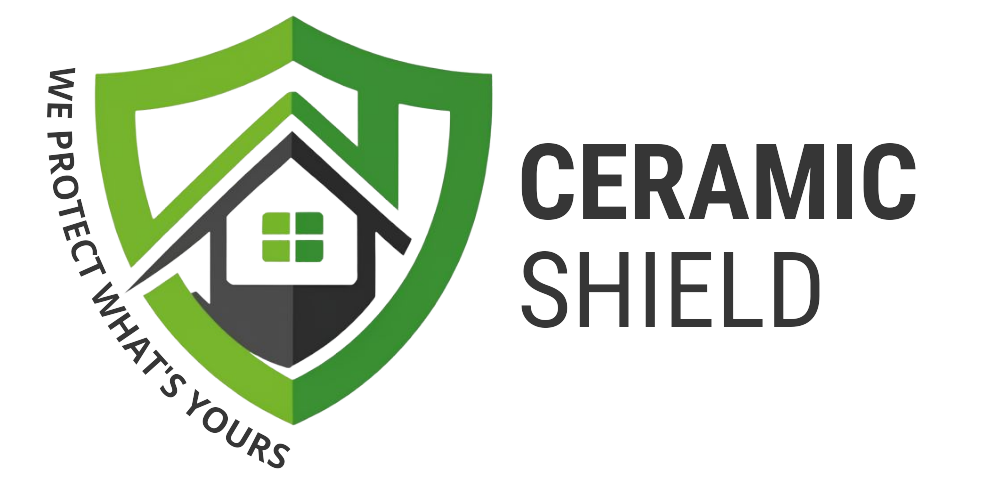Indoor thermal insulation - with a spreadable ceramic coating
Indoor thermal insulation - with a spreadable ceramic coating
It is now quite natural that everyone strives to find solutions to reduce the use of energy in order to significantly reduce their expenses, especially their heating costs. Their aspiration is solved by the new technology, which enables the subsequent thermal insulation of the interior walls of our flats and houses.
In the majority of cases, the thermal insulation of the external facades of buildings - due to the very high initial costs - encounters various obstacles in many places. Internal thermal insulation can also be carried out if, e.g. the other residents of the condominium do not want this or cannot pay the costs.
Indoor thermal insulation also means significant heating cost savings, if the insulation of the exterior facade of the house or building is also performed.
Retrofitting the internal walls of any building can be done easily - even at home - and thus we can achieve significant cost savings.
With internal thermal insulation, we can reduce the heat loss of the apartment to a large extent, as well as prevent the heat transfer of the walls.
Thermal insulation of internal walls economically and efficiently
With indoor thermal insulation, the outflow of internal heat can be prevented, and thus heat loss can be reduced with insulation.
There are already other technological solutions for insulating the interior walls, but their costs are quite high, since only specialists can perform the necessary work processes, and their use results in a significant loss of interior space.
The new ceramic-containing indoor heat-insulating thin coating is certainly the most effective and energy-saving solution.
The ceramic-containing thin plaster ensures adequate thermal protection, significantly reduces heat loss, and therefore has a very low thermal conductivity.
This is perhaps not the cheapest internal thermal insulation method, but it is certainly affordable, we can do the work ourselves - thereby reducing costs - and another great advantage is that no interior space is lost during the application of the technology.
Indoor thermal insulation - simply
More and more people choose ceramic-containing thin plaster for subsequent indoor thermal insulation, since - as already mentioned - we can easily carry out the work ourselves when renovating or redecorating. In addition, in contrast to other internal thermal insulation methods, when using ceramic-containing thin plaster, there is no reduction in interior space.
Another great advantage is that thin plaster can be used not only on the interior side walls, but also on the ceiling of the apartment.
Ceramic-containing thin plaster used for indoor thermal insulation greatly reduces heat loss and eliminates the feeling of cold radiation from the walls. Instead, we can feel pleasant warmth from all directions, and thus our sense of comfort improves significantly.
During the thermal insulation of the internal walls with thin plaster, the temperature difference between the wall and the air in the interior is reduced, and therefore our thermal sensation is more harmonious.
In the case of subsequent indoor thermal insulation in buildings with a thermal bridge structure, a significant reduction in the cold radiation of the walls can be observed when using thin plaster.
During the renovation of the houses, the ceramic-containing thin plaster compensates for the previously created cracks, holes, plasterboard or other incorrect fitting errors.
Find out how much it costs in a few clicks! We will send you the detailed price offer within a few minutes!
Indoor thermal insulation coating price calculator
Elimination of mold with an indoor thermal insulation coating
During the renovation of our apartment, we can easily insulate the interior walls ourselves with this new and all-around effective thin plaster. The process of the work is completely identical to the work processes of traditional wall painting.
Based on this, the interior walls must be prepared according to the instructions for use before applying the plaster. This process assumes the existence of the following four essential elements:
- The surface of the wall must be perfectly dry, because the area to be treated must not be wet at all.
- The surface of the wall must be completely dusted and degreased.
- A load-bearing wall surface must be formed (by scraping off resilient, loose surfaces) for perfect adhesion.
- Wall surfaces infected with mold must be scraped, rubbed, and cleaned, and then the interior wall surfaces cleaned in this way must be treated with a mold-killing agent.
Special attention should be paid to the last element, because the application of the heat-insulating ceramic-containing thin plaster should not be started until the mold and mold spores have been completely eradicated from the moldy wall surfaces and the masonry with a fungicide.
In order to achieve the right result - if necessary several times - treat the moldy surface with the fungicide. To achieve the correct result, treat the infected surface before and after smoothing.
By using the indoor thermal insulation coating, we can make our home mold-free.
With this, we provide our family with a healthy, clean, energy-saving, budget-friendly, pleasant living climate and a pleasant feeling of comfort all year round.











